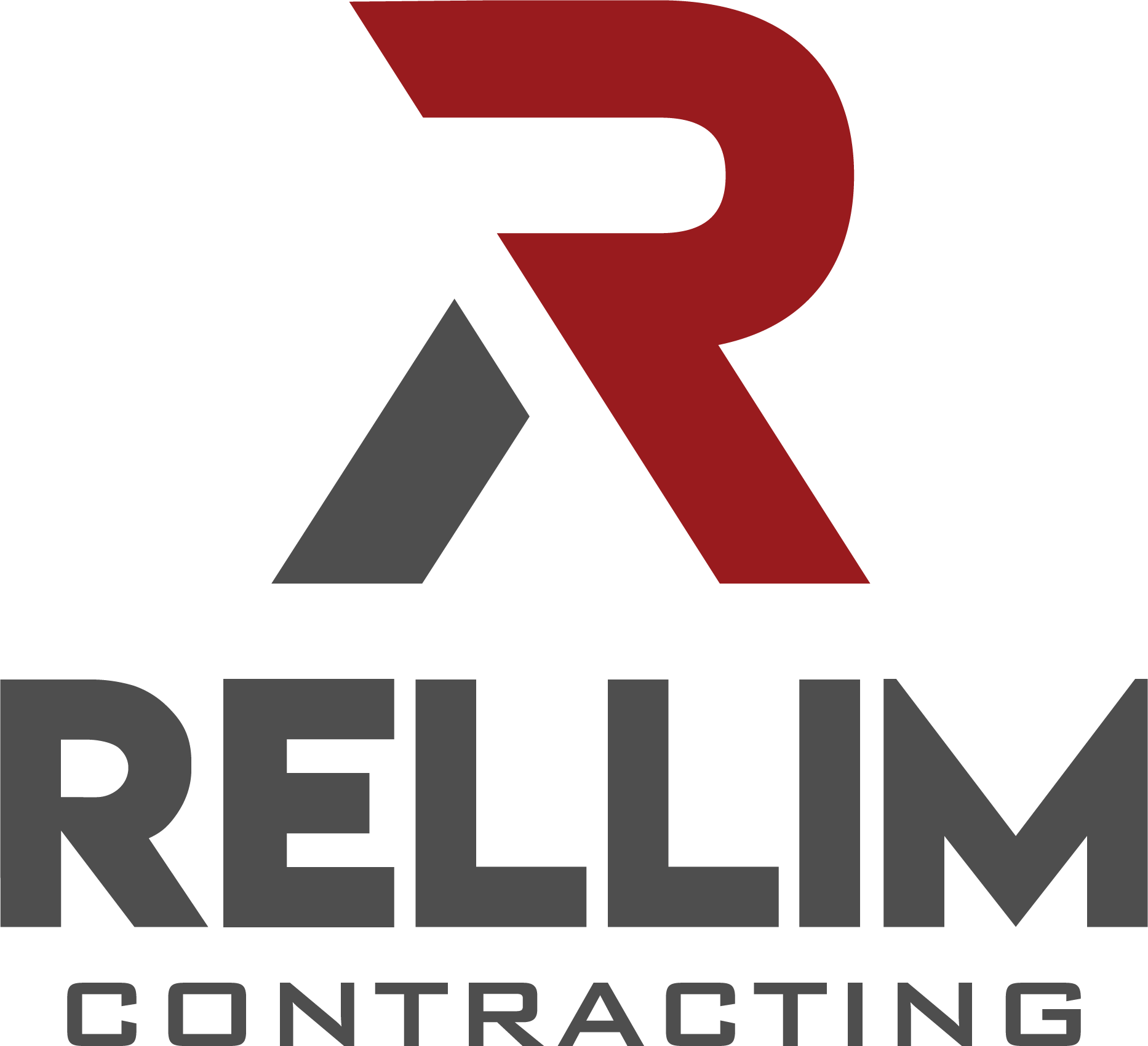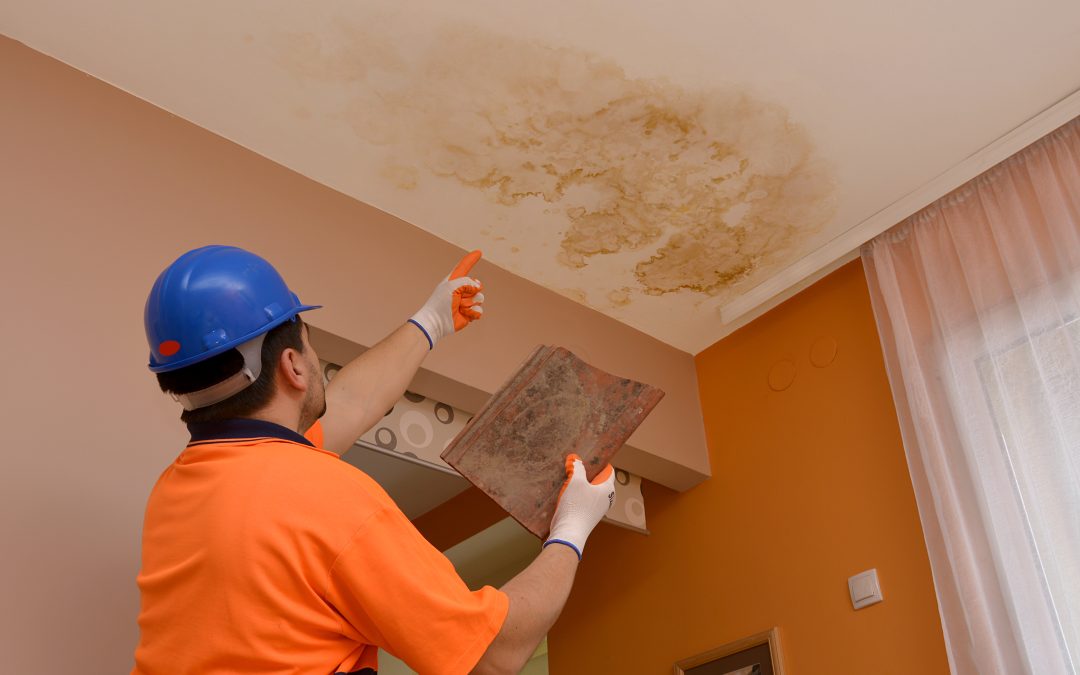Understanding and Preventing Roof Leaks: A Homeowner’s Guide
A well-maintained roof is crucial for the integrity and safety of your home. Roof leaks, if left unaddressed, can cause significant damage to your property, leading to costly repairs and even health hazards due to mold and mildew growth. At Rellim Contracting, we understand the importance of keeping your roof in top condition. This comprehensive guide will help you understand the common causes of roof leaks, how to spot early signs, and preventive measures you can take to protect your home.
Common Causes of Roof Leaks
Understanding the common causes of roof leaks is the first step in preventing them. Here are some typical culprits:
1. Damaged Shingles
Shingles act as the first line of defense against the elements. Over time, they can become damaged or go missing due to severe weather conditions, such as strong winds or hailstorms. Damaged or missing shingles can allow water to seep into the roof structure.
2. Poor Flashing
Flashing is a thin material installed around roof penetrations, such as chimneys, vents, and skylights, to prevent water from entering. If the flashing is improperly installed or becomes damaged, it can create gaps that allow water to infiltrate.
3. Clogged Gutters
Gutters play a crucial role in directing water away from your roof and home. When they become clogged with leaves, debris, or ice, water can back up and seep under the roofing materials, causing leaks.
4. Cracked Vent Booting
Vent booting is the seal that surrounds roof vents. Over time, the rubber material can crack, or the flashing can become loose, leading to potential water entry points.
5. Attic Condensation
Inadequate ventilation in your attic can lead to condensation buildup, which can cause moisture to accumulate and eventually lead to leaks. This is especially common in colder climates.
6. Ice Dams
Ice dams occur when snow on the roof melts and then refreezes at the edges, creating a barrier that prevents proper drainage. The trapped water can then seep under the shingles and cause leaks.
Early Signs of Roof Leaks
Spotting the early signs of roof leaks can save you from extensive damage and costly repairs. Here are some indicators to watch for:
1. Water Stains
Water stains on your ceiling or walls are a clear sign of a roof leak. These stains often appear as yellowish or brownish discolorations.
2. Damp or Musty Smell
A persistent damp or musty smell in your home can indicate the presence of moisture, which may be caused by a roof leak.
3. Mold and Mildew
The growth of mold and mildew, especially in the attic or upper levels of your home, is a strong indicator of a moisture problem that could be due to a roof leak.
4. Dripping Water
In more severe cases, you may notice actual dripping water during or after a rainstorm. This requires immediate attention.
5. Peeling Paint or Wallpaper
Excessive moisture can cause paint or wallpaper to peel or blister, indicating a potential roof leak.
Preventive Measures to Avoid Roof Leaks
Prevention is always better than cure, and taking proactive measures can help you avoid the hassle and expense of dealing with roof leaks. Here are some tips to keep your roof leak-free:
1. Regular Roof Inspections
Schedule regular roof inspections, especially after severe weather events. Look for signs of damage, such as missing or damaged shingles, cracked flashing, and clogged gutters. Professional inspections from companies like Rellim Contracting can identify potential issues early on.
2. Proper Gutter Maintenance
Keep your gutters clean and free of debris. Regularly remove leaves, twigs, and other obstructions to ensure proper water flow. Consider installing gutter guards to prevent clogging.
3. Trim Overhanging Branches
Trim tree branches that hang over your roof. Falling branches can damage shingles, and leaves can clog gutters, increasing the risk of leaks.
4. Ensure Adequate Attic Ventilation
Proper attic ventilation helps prevent condensation buildup and reduces the risk of ice dams. Make sure your attic has sufficient ventilation to allow air to circulate freely.
5. Install a Waterproof Underlayment
A waterproof underlayment acts as an extra layer of protection against water infiltration. Consider installing this under your shingles, especially in areas prone to heavy rain or snow.
6. Address Minor Repairs Promptly
Don’t ignore minor issues like cracked shingles or loose flashing. Addressing these small problems promptly can prevent them from escalating into major leaks.
When to Call a Professional
While some minor repairs and maintenance tasks can be handled by homeowners, certain situations require the expertise of a professional roofing contractor. Here are some scenarios where it’s best to call in the experts:
1. Extensive Damage
If your roof has extensive damage, such as missing shingles or large areas of wear and tear, a professional inspection and repair are necessary.
2. Recurrent Leaks
If you’ve tried to fix a leak multiple times but it keeps coming back, it’s time to call a professional to assess and address the root cause.
3. Structural Issues
If you notice sagging in your roof or other structural problems, seek professional help immediately to prevent further damage.
4. Roof Replacement
If your roof is nearing the end of its lifespan (typically 20-30 years for asphalt shingles), a professional can help you determine if a replacement is necessary.
Conclusion
Roof leaks can cause significant damage to your home if not addressed promptly. By understanding the common causes of leaks, recognizing the early signs, and taking preventive measures, you can protect your home and ensure your roof remains in top condition. Regular maintenance and professional inspections are key to keeping your roof leak-free. If you suspect a roof leak or need professional assistance, don’t hesitate to contact Rellim Contracting. Our experienced team is here to help you safeguard your home from water damage.

